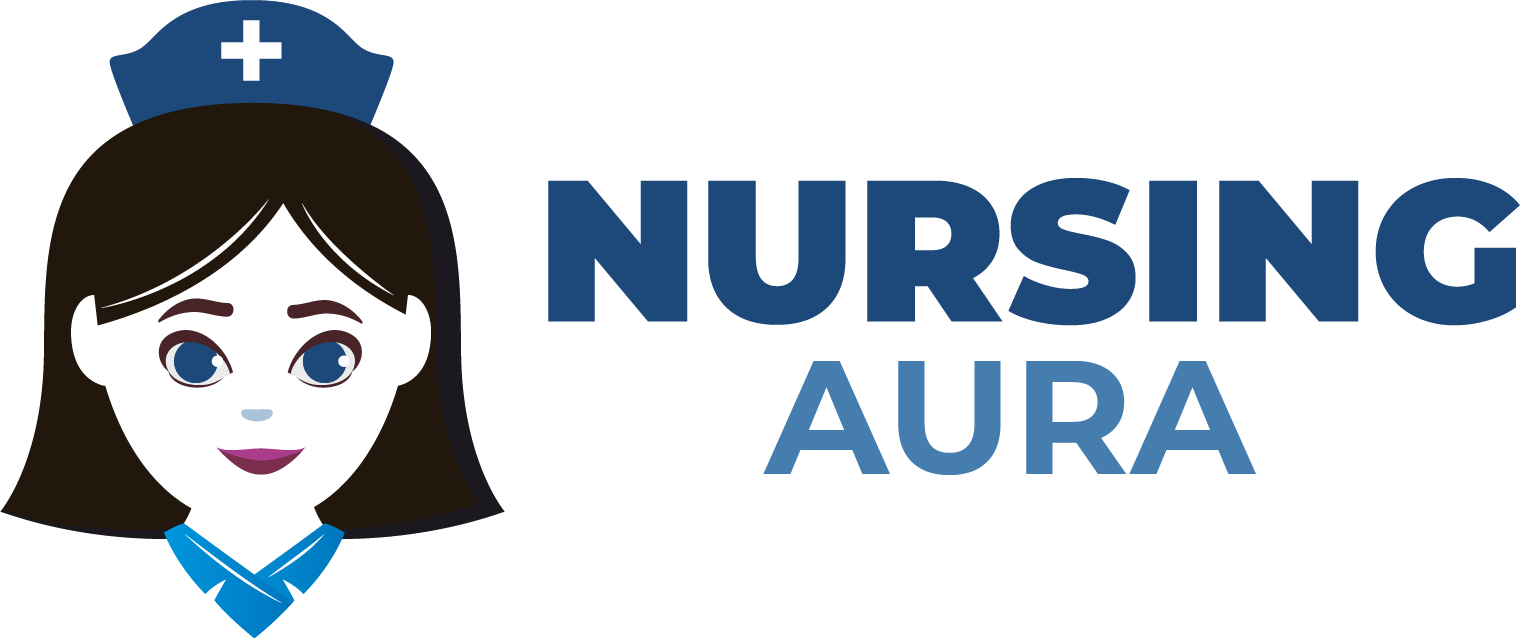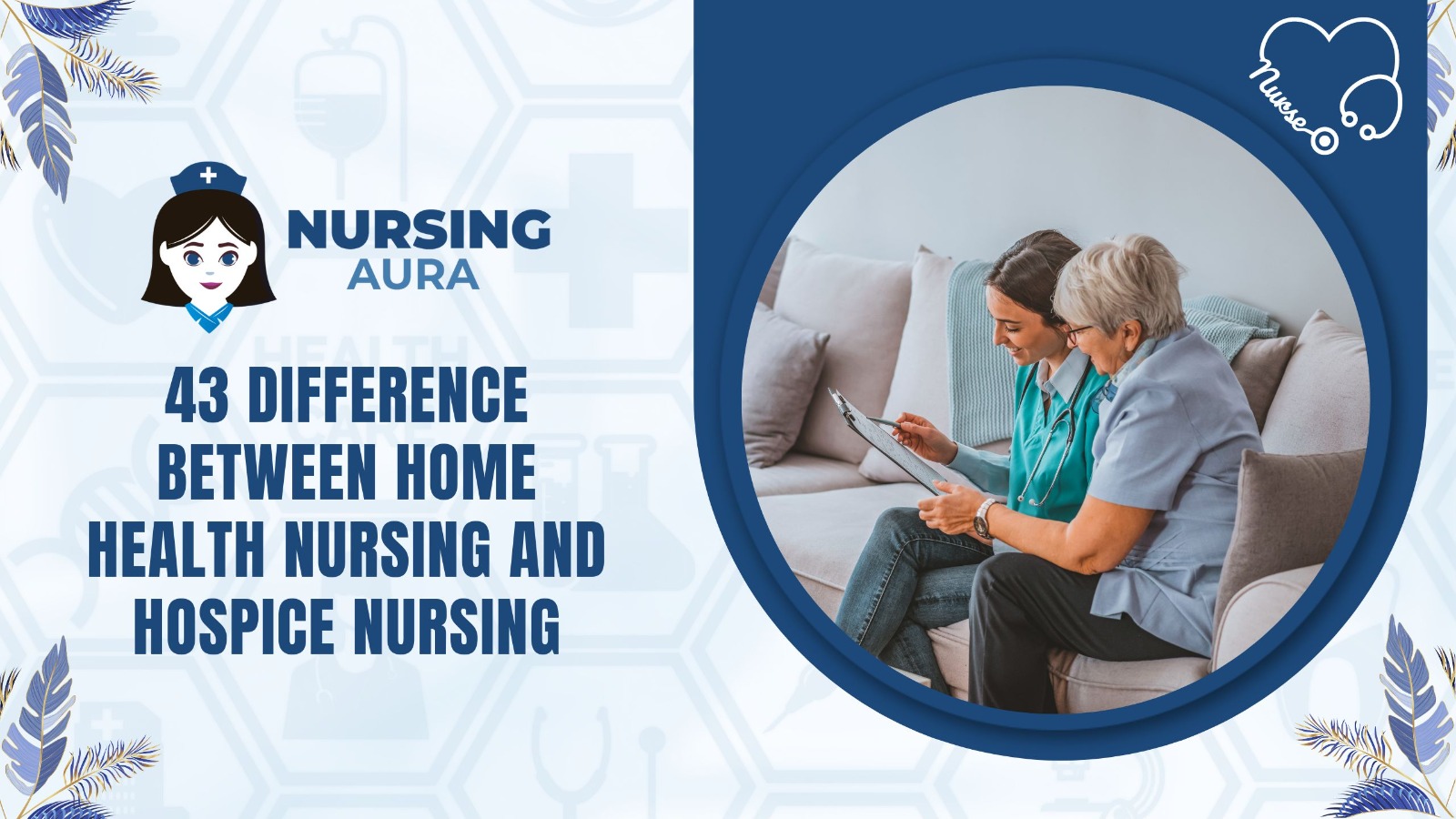Home health and hospice nursing provide critical care, but they serve distinct populations. Home health nurses provide expert medical care while patients are at home. Home health nurses help patients with chronic conditions, disabilities, or recovering from surgery or hospital stays live independently and stay healthy. Home health nurses build care plans with patients, families, and other clinicians. Medicine, wound care, mobility support, and education help patients manage conditions and regain independence.
Brief home health nursing helps hospitalized patients manage chronic conditions or return home. But hospice nursing relaxes and helps dying patients. Hospice nursing manages pain, addresses emotional and spiritual needs, and supports terminally ill patients and their families. Hospice care promotes compassionate end-of-life care above curative therapies in the patient’s home, hospice center, or hospital.
Hospice and home health nursing provide vital care, but their goals and patient populations differ. Chronically ill or surgery patients get rehabilitation, education, and assistance from home health nurses to enhance their health and independence. Understanding the variations between these two nursing kinds helps doctors and families treat patients properly.
43 differences between Home Health Nursing and Hospice Nursing:
| S.No. | Aspects | Home Health Nursing | Hospice Nursing |
| 1 | Purpose | Provides skilled nursing and therapeutic care to individuals at home. | Offers palliative care and support to patients with terminal illnesses, often in their homes. |
| 2 | Patient Population | Serves a diverse patient population, including those with acute or chronic conditions. | Primarily cares for patients with life-limiting illnesses who are in the final stages of life. |
| 3 | Goals | Focuses on improving health, managing chronic conditions, and facilitating independence. | Emphasizes comfort, quality of life, and supporting patients and families during end-of-life care. |
| 4 | Care Duration | Care can be short-term or long-term, depending on patient needs. | Typically provided in the final stages of a patient’s life and can be shorter in duration. |
| 5 | Treatment Intensity | Provides a range of treatments, therapies, and interventions based on patient needs. | Offers palliative care and symptom management, with a reduced focus on curative treatments. |
| 6 | Eligibility Criteria | Eligibility often depends on the patient’s medical condition and need for skilled care. | Eligibility is based on a terminal diagnosis with a prognosis of six months or less. |
| 7 | Care Team Composition | Collaborates with a multidisciplinary team, including nurses, therapists, and aides. | Collaborates with a specialized hospice team, including nurses, social workers, chaplains, and volunteers. |
| 8 | Focus on Cure | May focus on curative treatments and managing acute health issues. | Does not focus on cure; aims to provide comfort and alleviate symptoms. |
| 9 | Symptom Management | Manages a wide range of symptoms and conditions to improve patient well-being. | Primarily focuses on symptom management and comfort care. |
| 10 | Transition to Hospice | May refer patients to hospice when curative treatments are no longer effective. | Provides hospice care to patients who meet eligibility criteria. |
| 11 | Family Education | Educates patients and families about managing chronic conditions and recovery. | Offers extensive education and support to patients and families regarding end-of-life care. |
| 12 | Bereavement Support | May provide limited bereavement support for families following a patient’s death. | Offers comprehensive bereavement support to families for up to a year after a patient’s death. |
| 13 | Treatment Settings | Provides care in various settings, including homes, assisted living facilities, and retirement communities. | Primarily delivers care in patients’ homes, but also in hospice facilities or residential settings. |
| 14 | Therapies Offered | Offers a wide range of therapies, including physical, occupational, and speech therapy. | Focuses on therapies aimed at enhancing comfort and quality of life, such as pain management. |
| 15 | Medication Management | Manages medications for various conditions, including chronic illnesses. | Administers medications for pain relief, symptom management, and comfort. |
| 16 | Clinical Monitoring | Monitors and manages acute and chronic conditions, focusing on stabilization and improvement. | Monitors and manages symptoms and comfort, often with reduced emphasis on clinical improvement. |
| 17 | End-of-Life Planning | Less emphasis on end-of-life planning; primarily focuses on health management. | Actively assists patients and families in creating end-of-life plans, including advanced directives. |
| 18 | Support for Terminal Patients | Provides support but may not explicitly address end-of-life issues. | Specializes in providing physical, emotional, and spiritual support to patients in their final stages. |
| 19 | Continuity of Care | Emphasizes care continuity and coordination among healthcare providers. | Ensures seamless care transitions and provides consistent care until the patient’s death. |
| 20 | Holistic Care Approach | Provides holistic care but often focuses on physical health and recovery. | Adopts a holistic care approach, addressing physical, emotional, spiritual, and psychosocial needs. |
| 21 | Patient Decision-Making | Encourages patient involvement in treatment decisions, including curative options. | Respects patients’ decisions regarding treatment choices, often prioritizing comfort and quality of life. |
| 22 | End-of-Life Comfort | Less emphasis on end-of-life comfort, with a focus on recovery and rehabilitation. | Prioritizes end-of-life comfort, pain management, and dignity in the dying process. |
| 23 | Hospice Benefit Enrollment | May not enroll patients in hospice benefits. | Enrolls eligible patients in hospice benefits to access specialized care. |
| 24 | Prognosis Monitoring | Monitors and manages conditions with an emphasis on stabilization and improvement. | Monitors the progression of the terminal illness and adjusts care accordingly. |
| 25 | Specialized Training | Training includes a wide range of nursing skills and interventions. | Requires specialized training in end-of-life care, symptom management, and communication. |
| 26 | Treatment Goals | Aims to achieve health improvement, recovery, and independence. | Aims to provide comfort, dignity, and support during the dying process. |
| 27 | Patient and Family Support | Provides support but may not explicitly address emotional and spiritual needs. | Focuses on providing extensive emotional, spiritual, and psychosocial support. |
| 28 | Care Plan Development | Develops care plans based on medical diagnoses and patient goals. | Develops care plans focused on symptom management, comfort, and quality of life. |
| 29 | Role in Advanced Care Planning | May be involved in discussing advanced care directives but less frequently. | Actively engages in discussions about advanced care planning and end-of-life wishes. |
| 30 | Patient Advocacy | Advocates for patients’ health, well-being, and recovery goals. | Advocates for patients’ comfort, dignity, and quality of life during end-of-life care. |
| 31 | Emotional Impact | Emotionally challenging due to managing various acute and chronic health issues. | Emotionally challenging due to providing care during patients’ final stages and supporting grieving families. |
| 32 | Care Transitions | May involve transitions between home health and other healthcare settings. | Focuses on ensuring smooth transitions from curative care to hospice care. |
| 33 | Length of Patient Care | Care may continue as long as the patient needs skilled nursing and therapy. | Typically continues until the patient’s death or discharge from hospice services. |
| 34 | Symptom Assessment | Assess and manage symptoms related to various health conditions. | Conducts comprehensive symptom assessments with a focus on palliation. |
| 35 | Role in Rehabilitation | Plays a significant role in rehabilitation and improving patients’ health. | Rehabilitation focuses on maintaining function and comfort rather than recovery. |
| 36 | Spiritual Care | Provides spiritual care when requested or as needed by individual patients. | Integrates spiritual care as an essential component of end-of-life support. |
| 37 | Cost of Care | Covered by insurance for medically necessary skilled care. | Covered by hospice benefits, which include a range of services and medications. |
| 38 | Grief and Loss Support | Offers support for grief and loss but less specialized than hospice care. | Provides specialized grief and loss support for patients and their families. |
| 39 | Involvement in Care Planning | Involved in care planning for improvement and management of chronic conditions. | Collaborates in developing care plans that prioritize patient comfort and dignity. |
| 40 | Quality of Life Focus | Focuses on improving overall quality of life through healthcare interventions. | Focuses on enhancing the quality of life by alleviating suffering and providing comfort. |
| 41 | Physical Assessment | Conducts physical assessments and interventions for various medical conditions. | Conducts thorough physical assessments with a focus on palliative care needs. |
| 42 | Care Team Integration | Collaborates with a broader healthcare team, including physicians and therapists. | Collaborates closely with a specialized hospice care team, including social workers and chaplains. |
| 43 | End-of-Life Care Coordination | Less emphasis on end-of-life care coordination beyond referrals. | Coordinates comprehensive end-of-life care, including emotional and spiritual support. |
Frequently Asked Questions (FAQs)
1. What distinguishes hospice nursing from home health nursing?
The main distinctions include goals and patient populations. Home health nursing increases health and independence by providing professional medical care to persons with chronic conditions, disabilities, or operations. Hospice nursing treats pain, comfort, and quality of life for terminally ill patients.
2. Can home health and hospice be delivered together?
They can be offered at a patient’s home. But objectives and care make the difference. Hospice cares for the dying, while home health nursing helps patients recover or manage chronic diseases. The patient’s requirements and prognosis determine the switch between the two forms of care.
3. What services do home health nurses offer?
Medication administration, wound care, mobility help, chronic illness education, and care coordination with other healthcare professionals are provided by home health nurses. They help people recover from surgery and improve their health.
4. What hospice nursing services are provided?
Hospice nursing care includes pain and symptom treatment, emotional and spiritual support, and quality of life for terminally ill patients. Compassionate hospice nurses work with a diverse team to meet the needs and desires of patients and families.
5. How can families and patients choose the right care?
Patient condition and prognosis typically determine the decision. Patients who require competent medical care to recuperate or manage chronic diseases can stay at home with home health nursing. Hospice care is acceptable for patients with a six-month prognosis and a desire for comfort and quality of life.

